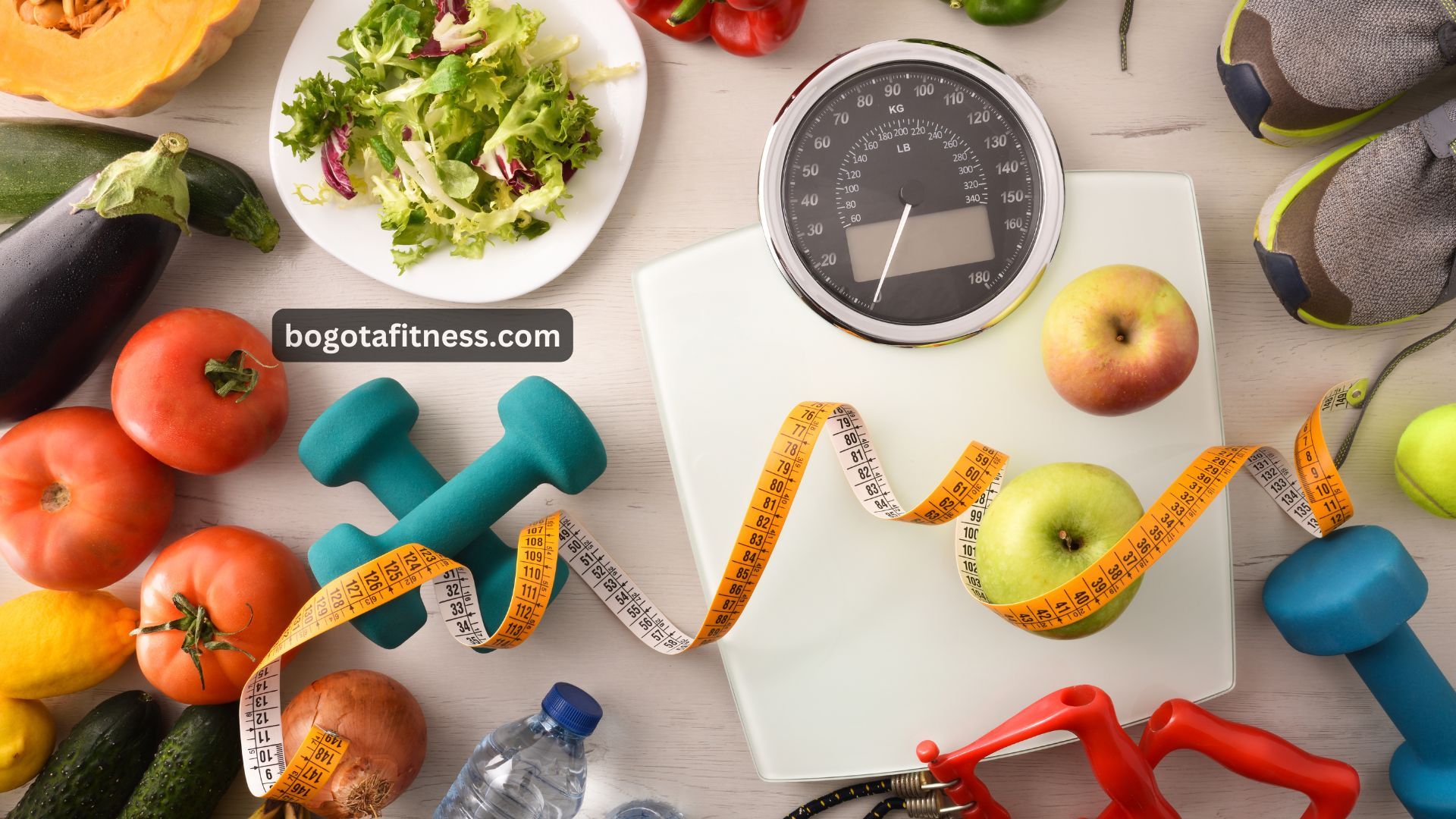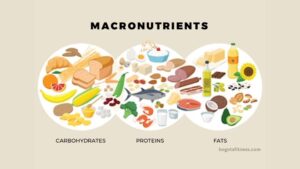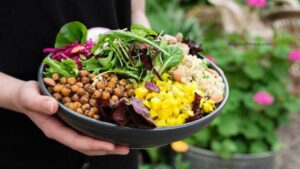When we’re trying to live healthier and get fit, we often read and talk a lot about it. While sharing information is great, the quality of that information is important too. Are we getting the right advice? Is it accurate? Can it be trusted? Is the information about nutrition and exercise coming from a reliable source?
It’s perfectly fine to read up on nutrition and exercise and put it into practice—as long as it’s from a trustworthy source. Doing your own research can help you avoid falling for myths that might hurt your progress.
With that in mind, let’s dive into some common myths about exercise and nutrition.

Myth #1: Some Fruits Are Bad for Diabetics and Weight Loss
Fact: Fruits like mangoes, grapes, bananas, and chikoo often get a bad reputation because they contain natural sugars. Yes, they do have sugar, but they’re also packed with nutrients. It’s better to focus on the overall nutritional value rather than just the sugar or calories. Eating these fruits in the right amount and at the right time can actually be beneficial. For example, mangoes are high in fiber, which can help you feel full and avoid snacking on unhealthy foods. Studies also show that mangoes have anti-inflammatory and antioxidant properties, which can aid weight loss and help diabetics. Bananas, rich in vitamin B6, also have anti-glycative properties that benefit people with Type 2 diabetes.
Myth #2: Rice Makes You Gain Weight
Fact: Rice is high in carbohydrates, not fat. When eaten in the right portions and at the right time, it’s used by the body for energy and won’t turn into fat. It’s not rice itself that causes weight gain; it’s how your body processes food. Pairing rice with protein or fiber, like dal or fish, is the best way to eat it. Also, having rice after a workout or for an early dinner (around 7-7:30 pm) allows your body to burn it off efficiently.
Myth #3: You Can Target Fat Loss in Certain Areas
Fact: Spot reduction, or losing fat from just one area, doesn’t exist. When you lose or gain weight, it happens all over your body. While your genes may make some areas lose fat faster than others, the fat-burning process occurs everywhere. When you build muscle, your body burns more calories, but it doesn’t pull fat from the specific area you’re working out.
Myth #4: Ghee (Clarified Butter) Makes You Fat
Fact: Homemade ghee, especially from cow’s milk, contains CLA (Conjugated Linoleic Acid), which helps burn stubborn fat and provides energy. It also has other benefits like improving skin, eyes, and even sexual health. If you want to lose weight, adding a small spoon of ghee to your meals can actually help.
Myth #5: Multigrain Biscuits and Fat-Free Snacks Are Healthy
Fact: Don’t be fooled by clever marketing. Just because something is labeled “multigrain” or “fat-free” doesn’t mean it’s healthy. Check the ingredients list—the first item is usually refined flour (maida), not whole wheat. Also, fancy names like “Demerara sugar” are just regular sugar. The so-called healthy ingredients like oats or ragi are often present in small amounts.
Myth #6: More Green Tea = More Fat Burn
Fact: While green tea can help burn fat due to its caffeine, drinking too much—like 6-8 cups a day—can actually dehydrate you and slow your metabolism. More isn’t better. Stick to moderate amounts for the best results.
Myth #7: Skipping Meals Helps You Lose Fat
Fact: Skipping meals might cause weight loss, but it’s often muscle loss, not fat. When you skip meals, your body uses up muscle glycogen for energy, which makes you lose muscle weight. This slows down your metabolism, leaving the fat untouched or even increasing it. So, you end up losing muscle, not fat.
Myth #8: Only Running Helps with Weight Loss
Fact: Running is great for weight loss, but if you only run and don’t do strength training, you’ll lose muscle instead of fat. This will slow down your metabolism, and when you stop running, you might gain the weight back quickly. A balanced approach that includes both running and strength training is the best way to lose fat and maintain muscle.
Myth #9: Eating Extra Protein Builds More Muscle
Fact: While muscles need protein to grow, eating extra protein won’t automatically turn into muscle. Your body only uses what it needs, and the excess gets stored as fat. So, whether it’s protein, carbs, or fats, anything extra will be stored as fat.
Myth #10: Lifting Weights Will Make You Bulk Up
Fact: Weight training helps build stronger and denser muscles, but it won’t make you bulky unless you specifically train for that. You’ll only bulk up if you follow a specific program and nutrition plan for it. If you’re just looking to get stronger without bulking up, focus on lighter weights with higher reps (15-20).
Myth #11: You Have to Exercise for Long Periods to See Results
Fact: The quality of your workout matters more than the length. Exercising for too long can increase cortisol, a stress hormone that causes your body to store fat and lose muscle. Shorter, more focused workouts are more effective than long, drawn-out sessions.
Myth #12: Thin People Don’t Need to Exercise
Fact: Exercise isn’t just about losing weight—it’s about staying healthy and fit. Even thin people need to work out to build muscle and stay strong. Thin people can have the same amount of fat as someone who appears heavier, just with less muscle mass. So, exercise is important for everyone, no matter their size.
Also Read: Intermittent Fasting: How It Works
Myth #13: Binging and Then Detoxing Cancels It Out
Fact: You can’t “undo” a binge by detoxing or over-exercising. Instead, practice mindful eating, which means enjoying your food slowly and paying attention to when you feel full. This helps prevent overeating in the first place. Detoxes can be helpful occasionally but not as a punishment for overeating.




